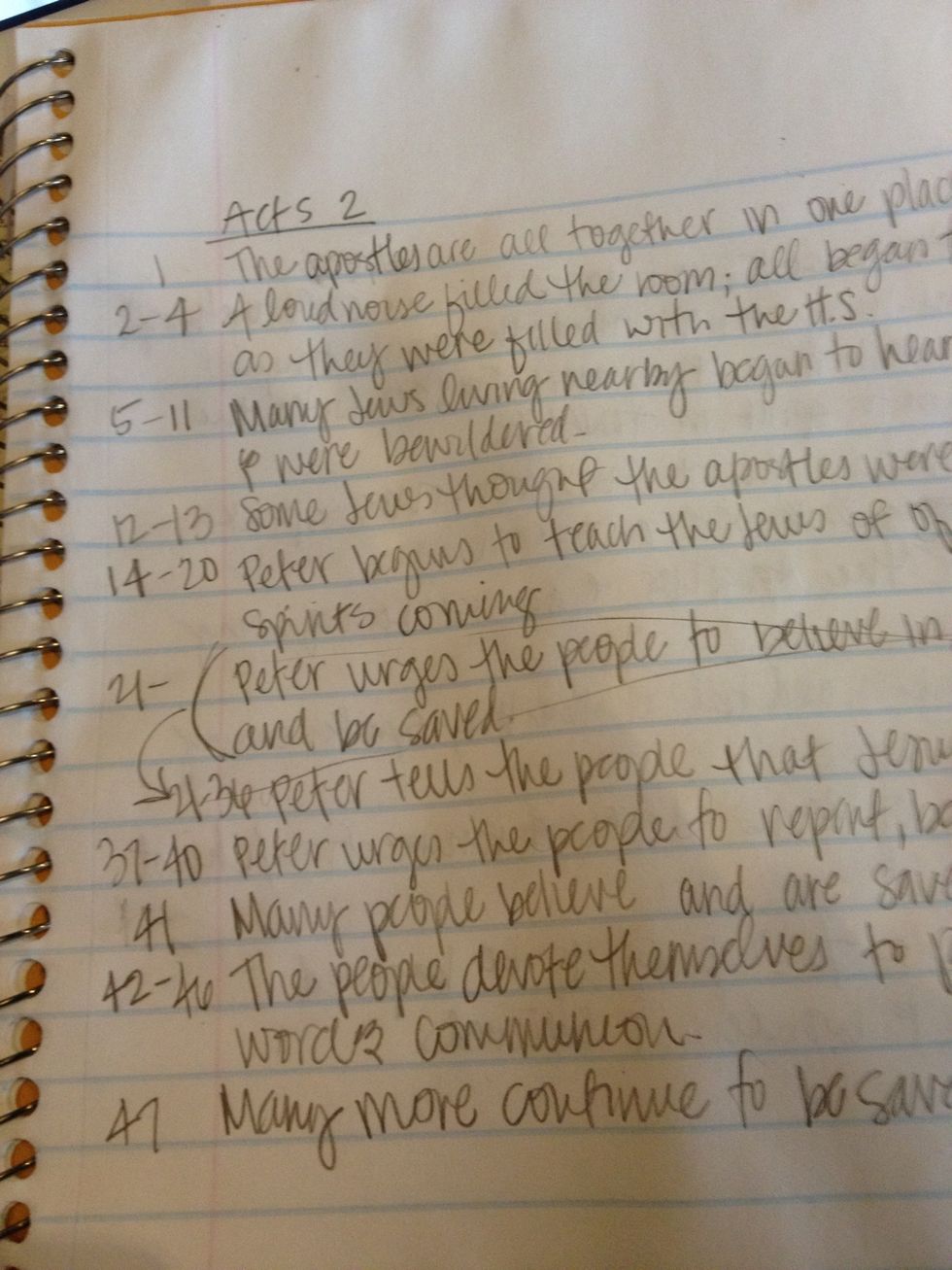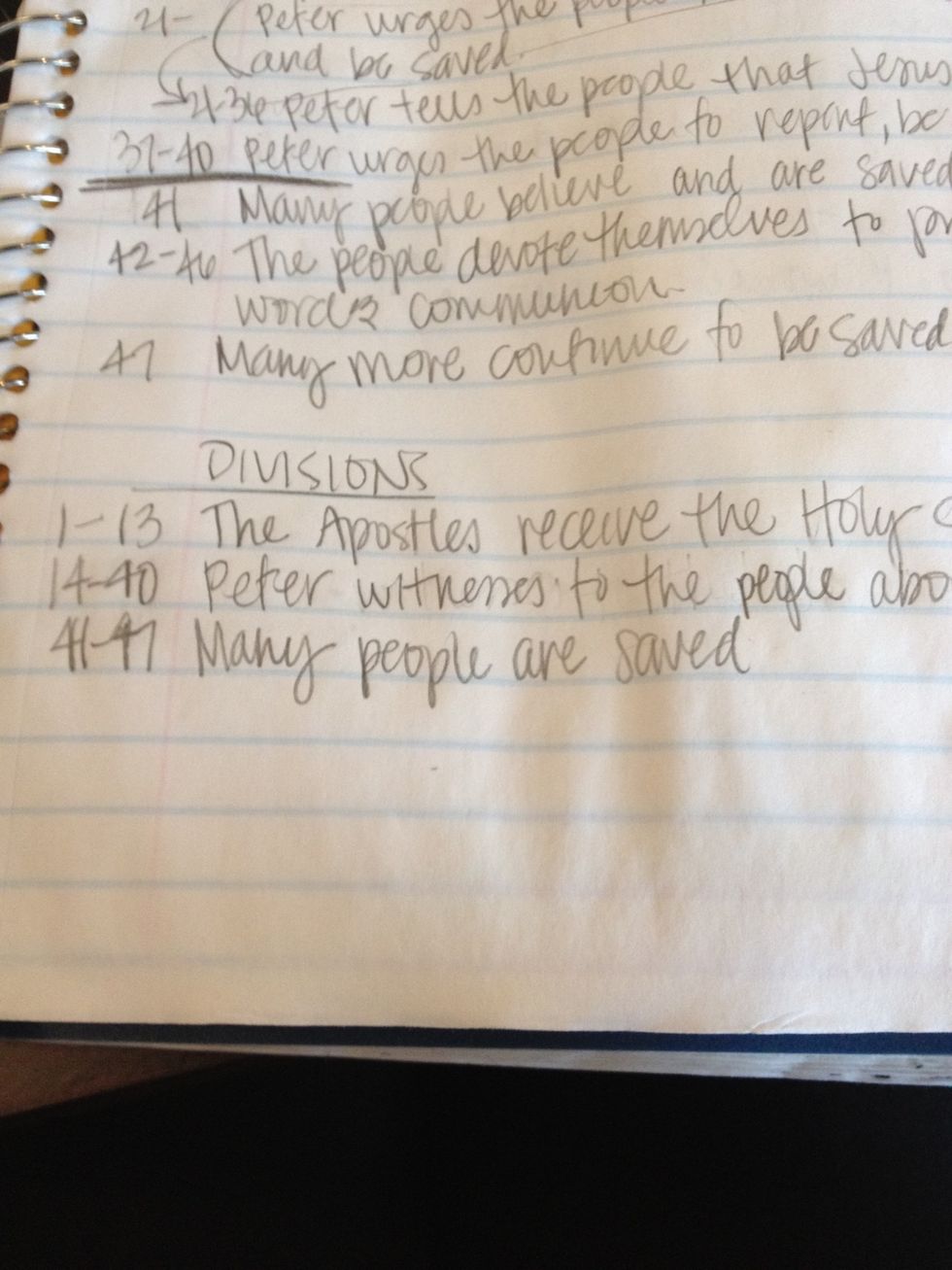How to study the bible using the homiletics method
Homiletics is great way of analyzing a scripture passage in preparation for teaching. Through outlining it's contents, you will be able to apply any scripture to your everyday life! Let's get started!
7021
STEPS
TOOLS
I would encourage you to begin ANY study of God's word with a time of prayer - asking the Holy Spirit to teach you and be your guide, and to prepare your heart to RECEIVE from the Lord.

Then, choose a section of scripture you want to study. It's best to start with a passage that you are already familiar with. For this tutorial I have chosen Acts 2.
Read your text a few times to get a good understanding of what the passage is communicating.
There are 5 steps in preparing Homiletics. The first is CONTENT. What is the passage about? What are key words or phrases that are repeated? What are specific events that occur?
Underline or list those events that stand out to you or really help characterize the text.

Then list those items with their verses. You can have multiple verses for one item. Your list should contain 10-20 items. This is my content list for Acts 2.

Divide your content into 2 to 4 'paragraphs', keeping similar subjects together. This will help you with the step 2...
...DIVISIONS! Using your paragraphs, write down the verses in your divisions next to a complete sentence...

It's helpful for the next step to keep the subjects of these division sentences the same, but you don't have to.

Step 3 is the Subject Sentence. Using your division sentences, summarize the text in 10 WORDS OR LESS...this must be a complete sentence (subject/verb).
The subject sentence should be specific enough that it causes you to be able to recall exactly which scripture passage is being referred to.

Step 4 is the AIM. This is where you state what you want your audience to learn from the scripture passage. It should be short and definite.
We're almost finished! Step 5 is Application Questions. Try to think of a specific, real-life application for each division. Make sure your questions are OPEN-ENDED...get the audience thinking!
Sometimes, you will find that your division sentences are a bit too vague to form an application question. You can elaborate on your former divisions if need be!

...like I did here on my third division...

With the applications done, your homiletics analysis is finished as well! Congrats! Not only are you now more equipped to teach or lead a small group...
..hopefully you find yourself even more rooted in God's truth! "If you continue in My word, then you are truly disciples of mine. And you will know the truth & the truth will make you free." Jn8:31,32
- 1.0 Bible
- 1.0 Notebook
- 1.0 Pencil
Minnesota
The Conversation (0)
Sign Up